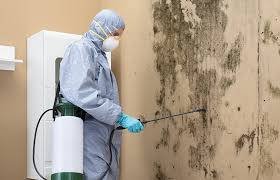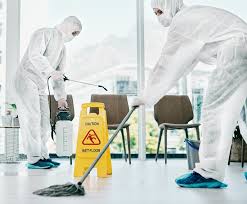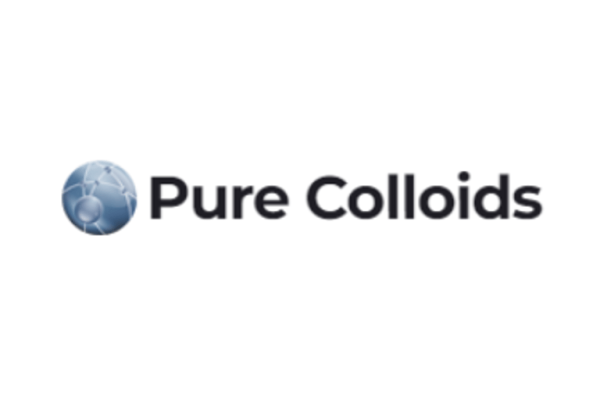Mold is more than just an unsightly nuisance—it poses serious health risks and can cause extensive damage to your property if left untreated. Mold removal, also known as mold remediation, is essential for maintaining a safe and healthy environment in homes and businesses alike. In this comprehensive guide, we’ll explore everything you need to know about mold removal, from identifying the signs to professional cleanup methods and prevention strategies.
What is Mold and Why is it Dangerous?
Mold is a type of fungus that thrives in damp, humid environments. It spreads through microscopic spores that can float through the air and land on moist surfaces. Common indoor molds include Cladosporium, Penicillium, Aspergillus, and Stachybotrys (commonly known as black mold).
Health Risks of Mold Exposure:
-
Allergic reactions (sneezing, coughing, skin rashes)
-
Respiratory problems and asthma flare-ups
-
Headaches, fatigue, and eye irritation
-
Long-term exposure may cause more severe health issues, especially in individuals with compromised immune systems
Signs You Need Mold Removal
Mold can hide in walls, ceilings, and under flooring, so it’s important to watch for warning signs:
-
Musty or earthy odor
-
Visible black, green, or white patches on walls, ceilings, or furniture
-
Water damage or discoloration on surfaces
-
Warped or bulging walls
-
Increase in allergic symptoms when indoors
Step-by-Step Mold Removal Process
While some small mold outbreaks can be handled by homeowners, extensive infestations require professional help. Here’s how the mold removal process typically works:
1. Inspection and Assessment
Certified professionals assess the extent of mold growth using visual inspection, moisture meters, infrared cameras, and sometimes air quality tests.
2. Containment
To prevent mold spores from spreading to unaffected areas, professionals seal off contaminated zones using plastic sheeting and negative air pressure systems.
3. Air Filtration
HEPA air scrubbers and vacuums are used to remove mold spores from the air.
4. Mold Removal and Cleaning
Non-porous materials like glass or tile are cleaned with antifungal and antimicrobial treatments. Porous materials such as drywall, insulation, or carpeting may need to be removed and replaced.
5. Drying and Dehumidification
Moisture control is crucial. Dehumidifiers and fans dry the area thoroughly to prevent mold from returning.
6. Repair and Restoration
After mold removal, damaged structures (walls, floors, ceilings) are repaired or replaced to restore the property to its pre-damaged condition.
DIY Mold Removal: When Is It Safe?
You can tackle small mold problems (less than 10 square feet) with proper safety gear:
Supplies Needed:
-
N95 mask or respirator
-
Gloves and goggles
-
Mold cleaner (vinegar, hydrogen peroxide, or commercial products)
-
Scrub brush and disposable rags
Steps:
-
Wear protective gear.
-
Ventilate the area.
-
Scrub moldy surfaces with cleaner.
-
Dry the area thoroughly.
⚠️ Important: Avoid using bleach on porous materials like wood or drywall—it won’t kill mold roots and may worsen the problem.
Preventing Future Mold Growth
After removal, prevention is key to keeping your property mold-free:
-
Fix plumbing leaks and roof damage promptly
-
Use dehumidifiers in damp areas (basements, bathrooms)
-
Ensure good ventilation throughout your home
-
Use mold-resistant paints and materials
-
Regularly inspect HVAC systems and keep air filters clean
Hiring a Professional Mold Removal Company
Professional mold remediation companies have the tools, training, and certifications (such as IICRC or NADCA) to handle severe mold infestations safely and thoroughly. When choosing a company, look for:
-
Licensed and insured professionals
-
Positive customer reviews and references
-
Free estimates and clear pricing
-
Warranties or guarantees on their work
Cost of Mold Removal
Costs vary depending on the size and severity of the mold problem:
-
Small area (under 10 sq ft): $300 – $600
-
Moderate infestation: $1,000 – $3,000
-
Severe mold damage (with structural repair): $5,000 – $10,000+
Home insurance may cover mold removal if it’s related to a covered peril, such as sudden water damage—check with your provider.
Conclusion
Mold removal is not just about cleaning visible mold—it’s about restoring a healthy indoor environment and preventing future outbreaks. Whether you choose a DIY approach for small issues or hire a professional for extensive remediation, prompt action is crucial. By staying vigilant and proactive, you can protect your home, your health, and your peace of mind.
Need Help with Mold?
If you’re dealing with persistent mold issues, don’t wait. Contact a certified mold removal specialist in your area to get a professional assessment and fast, reliable remediation services.






